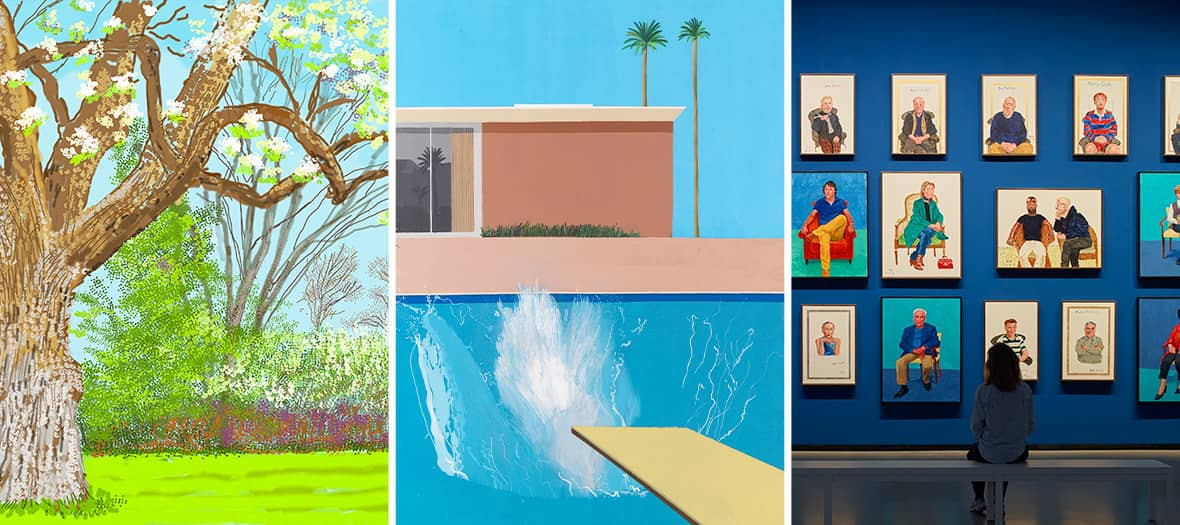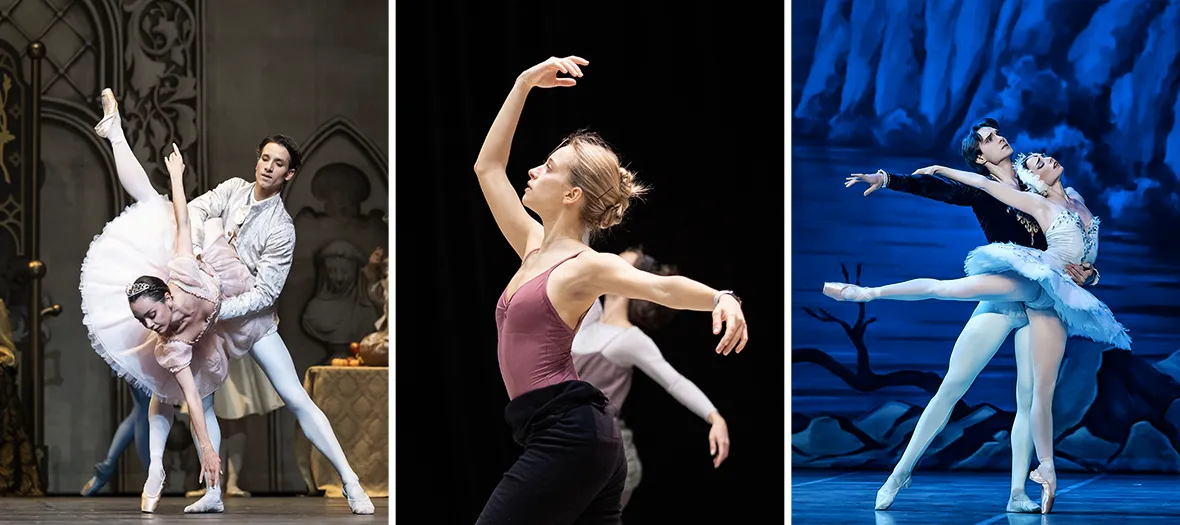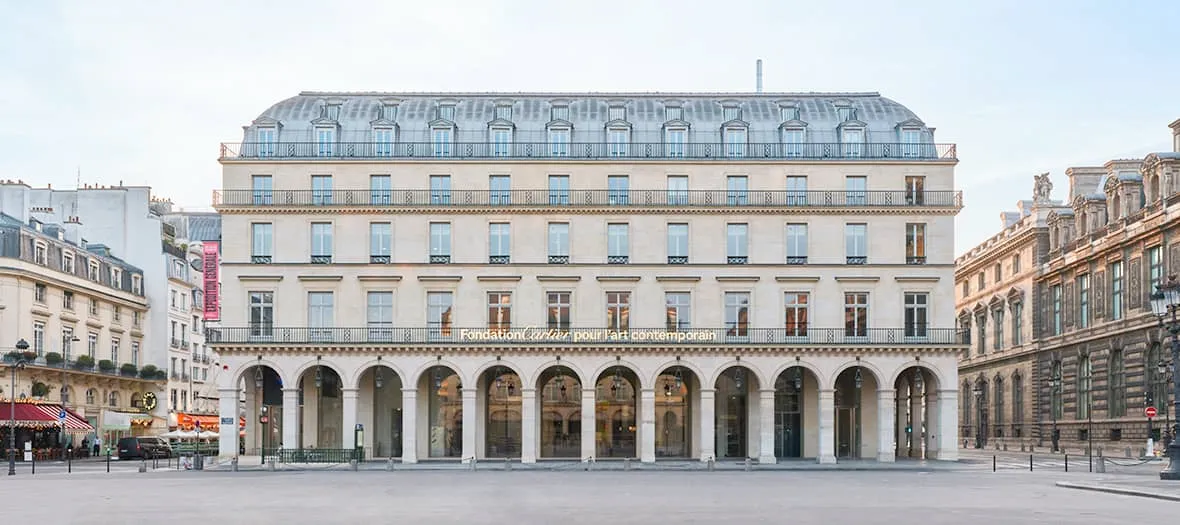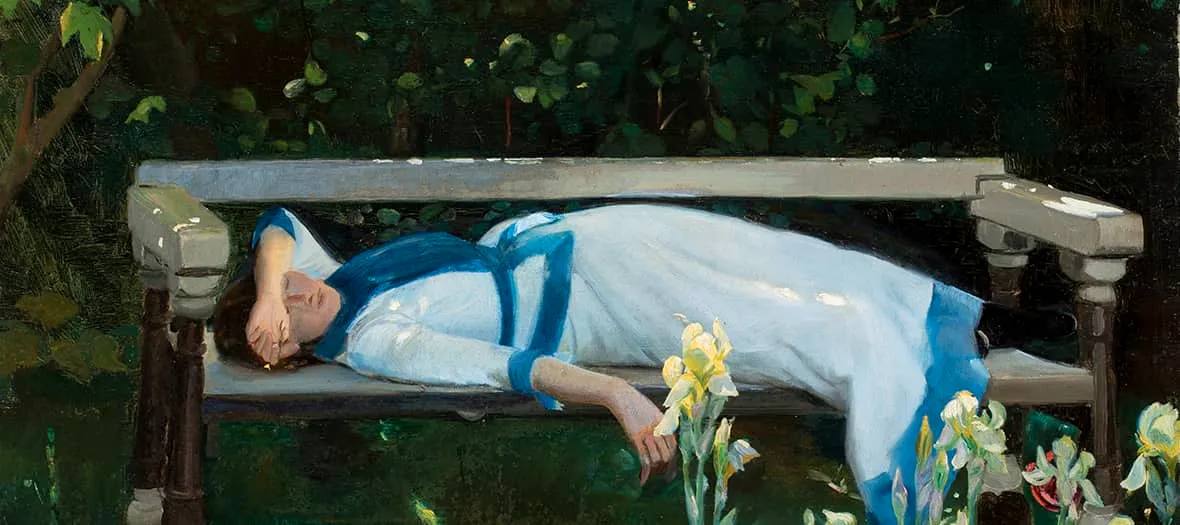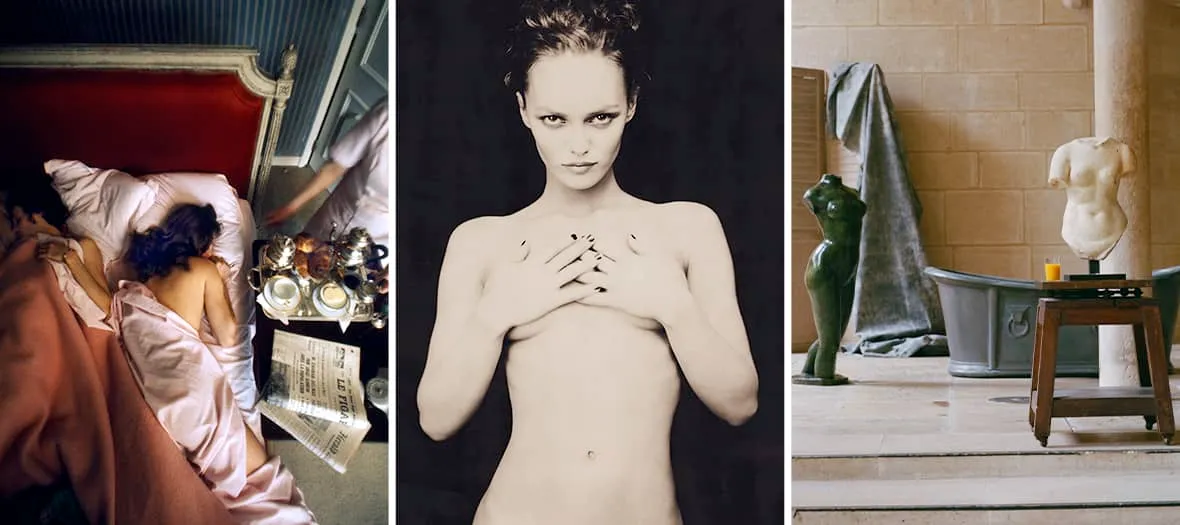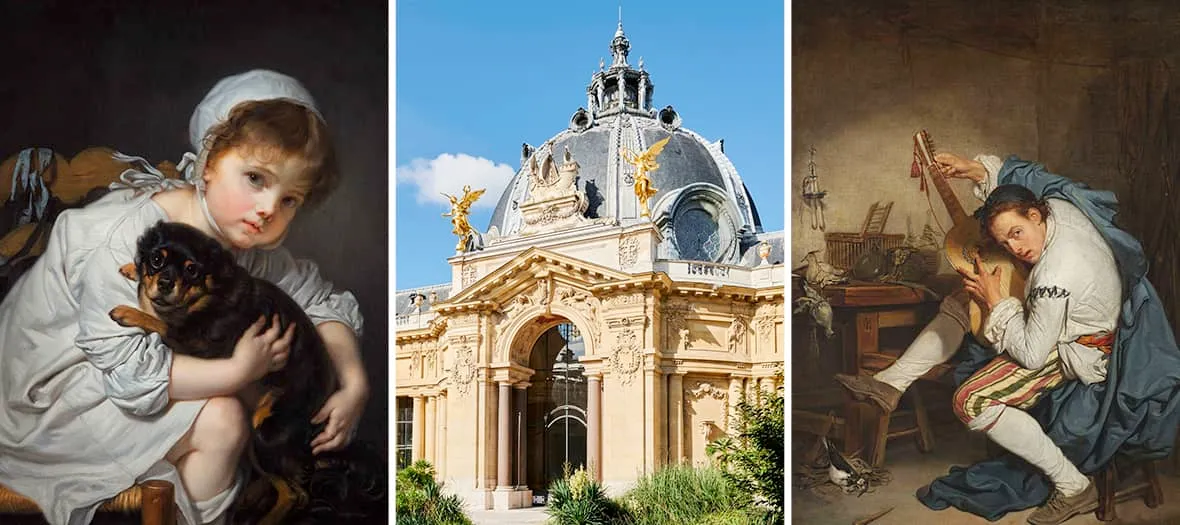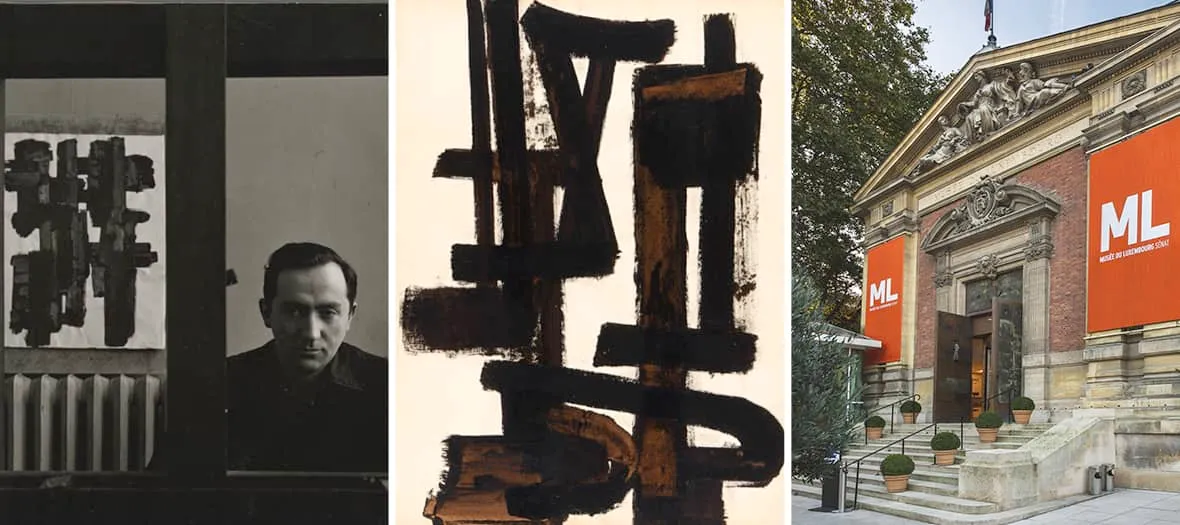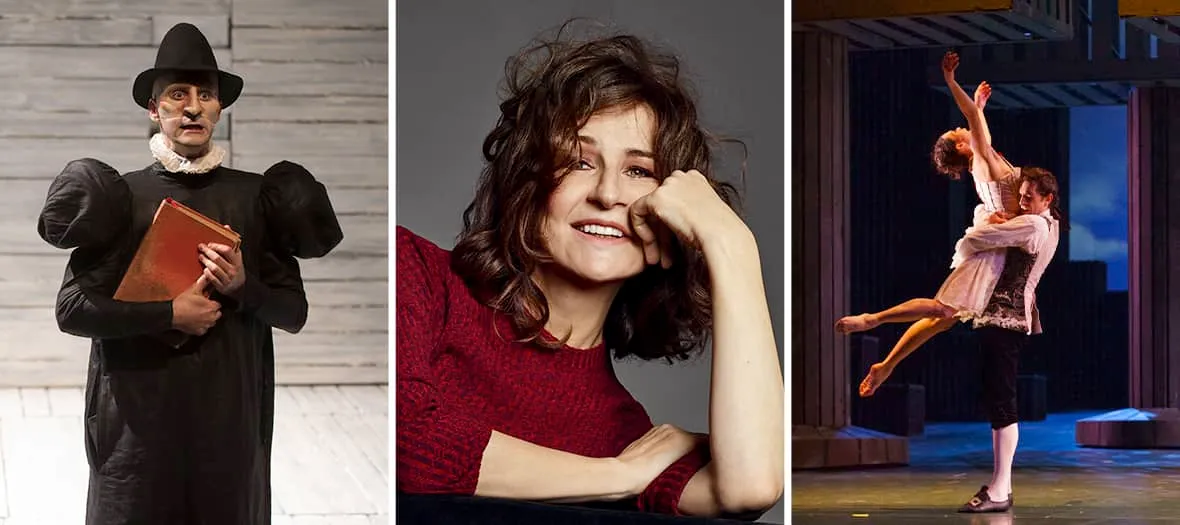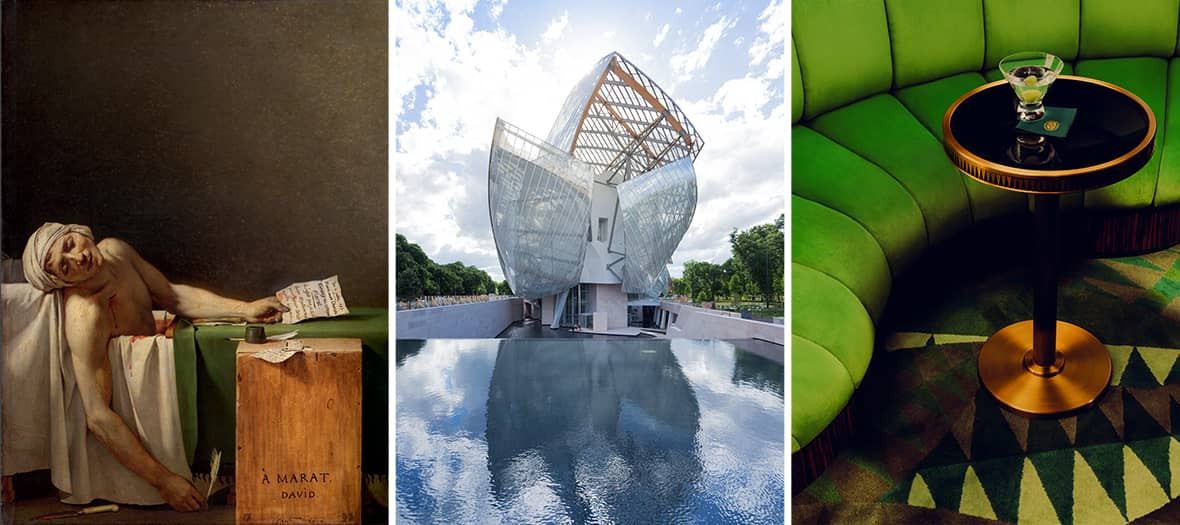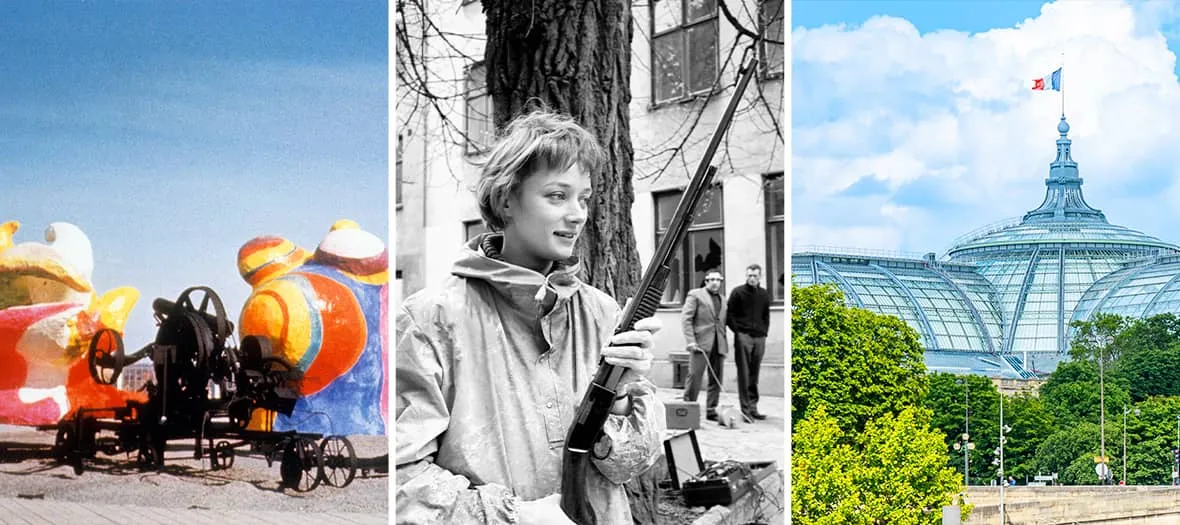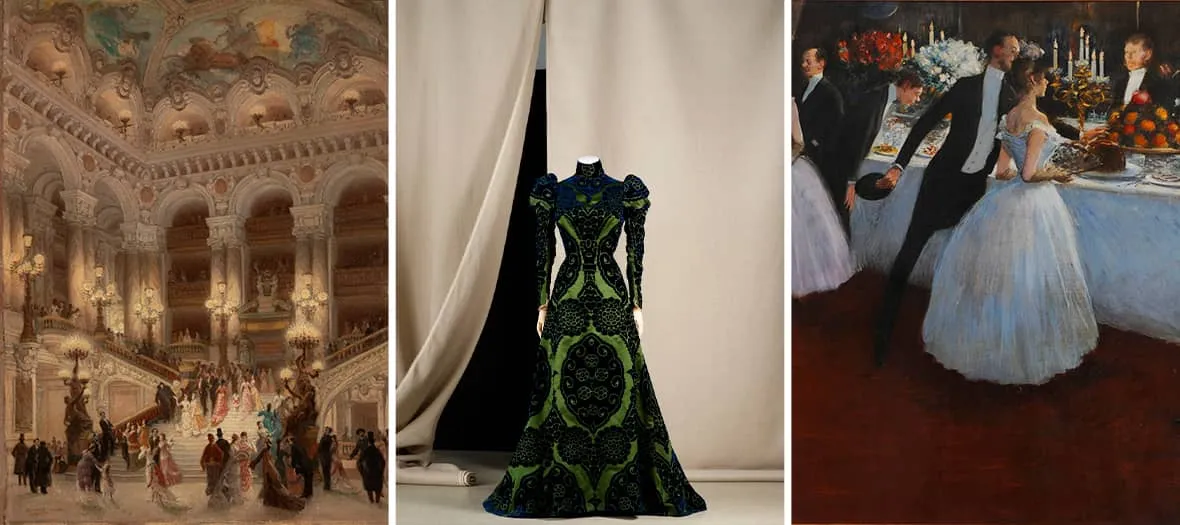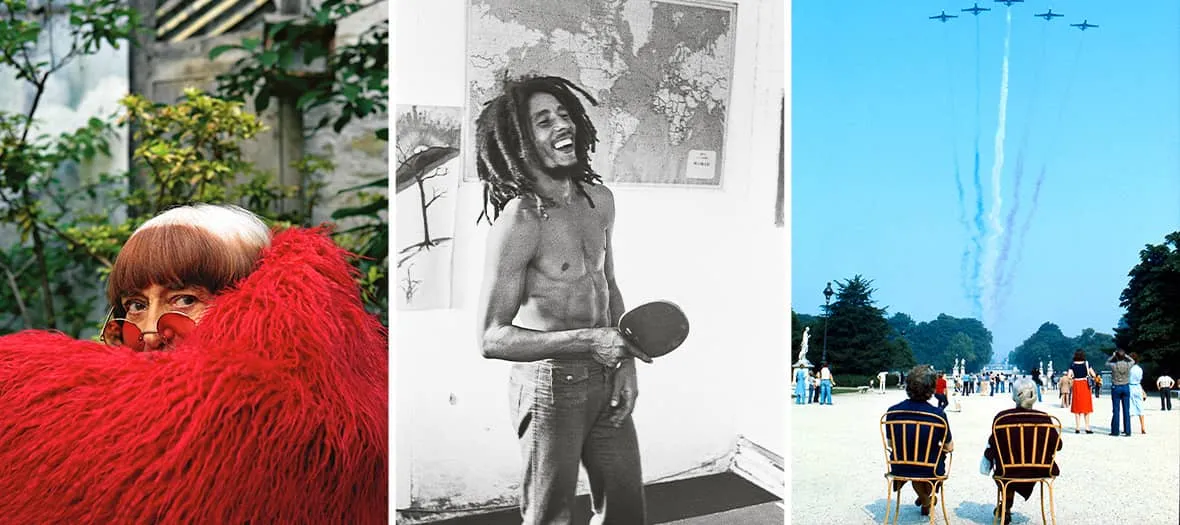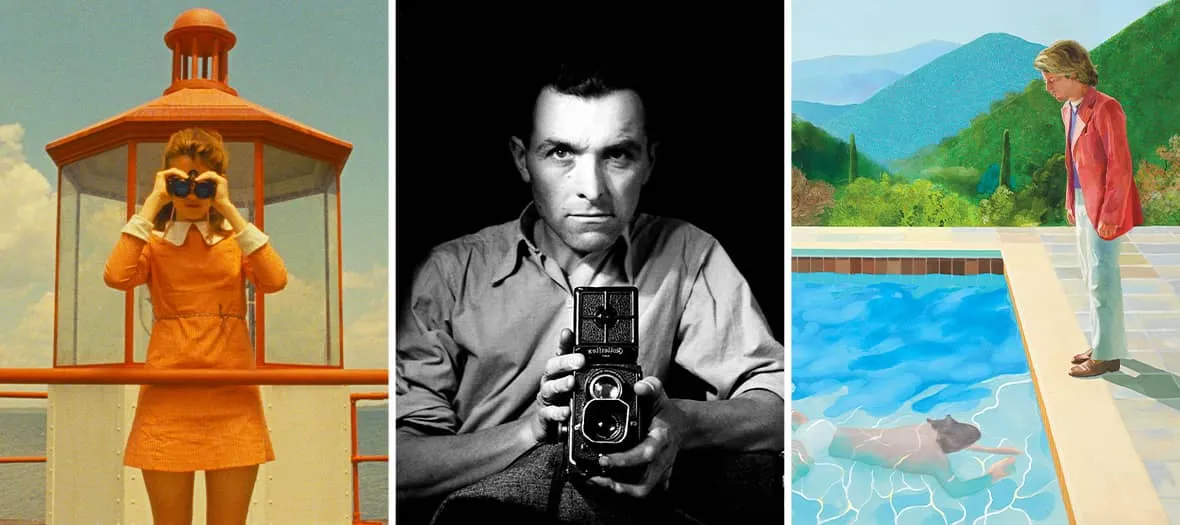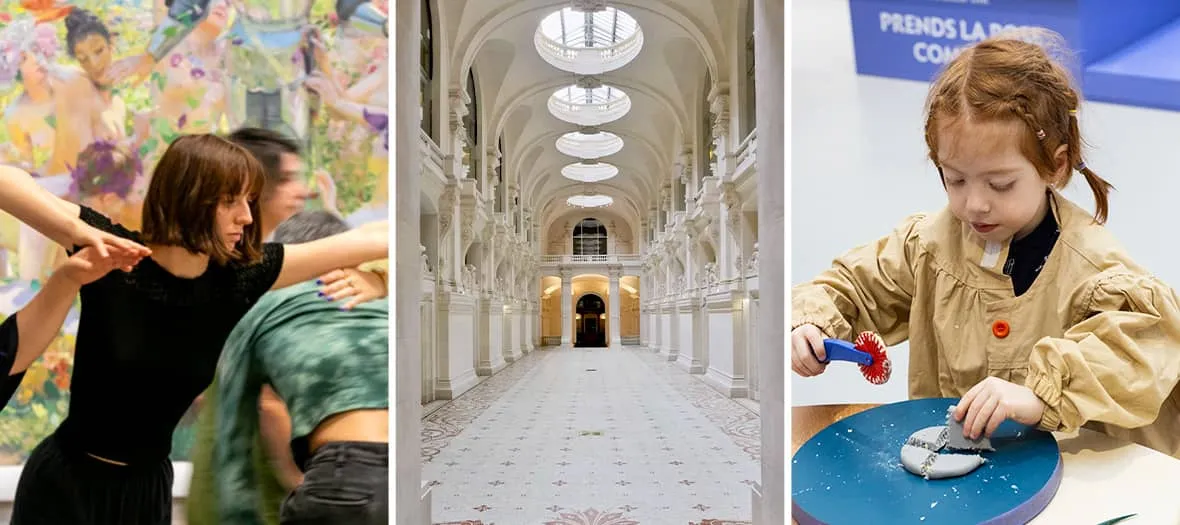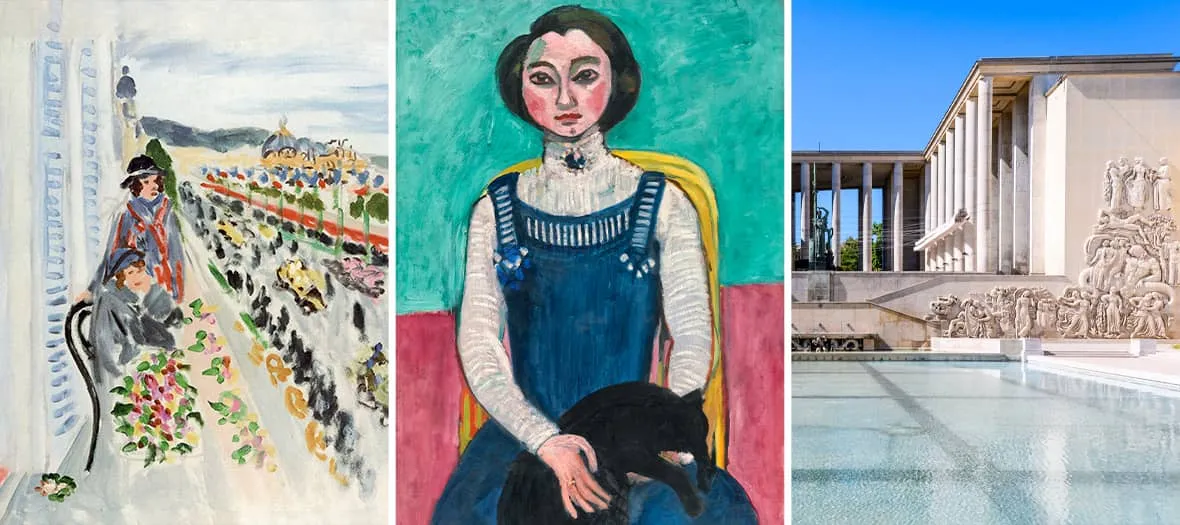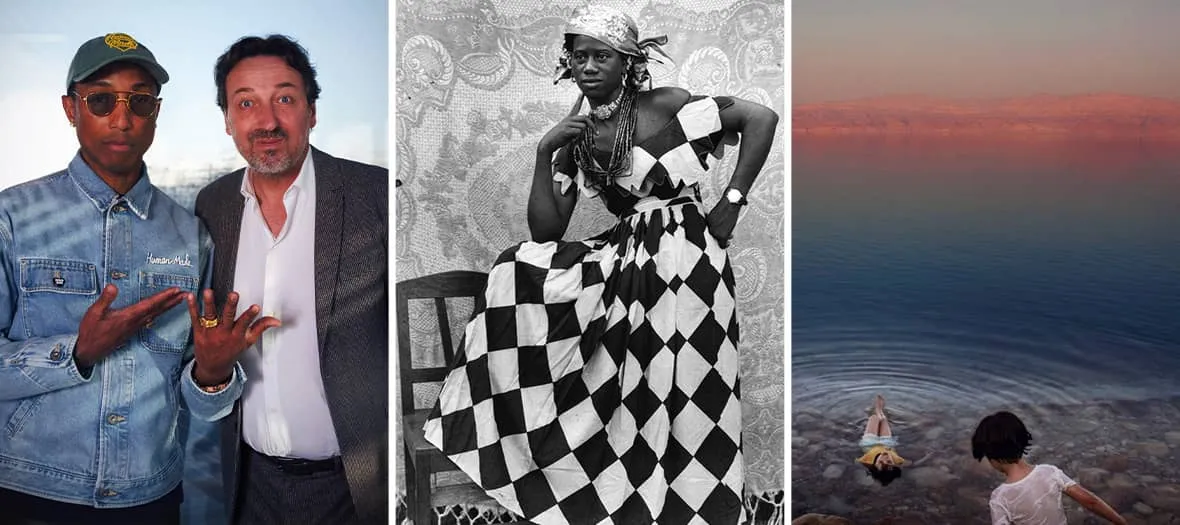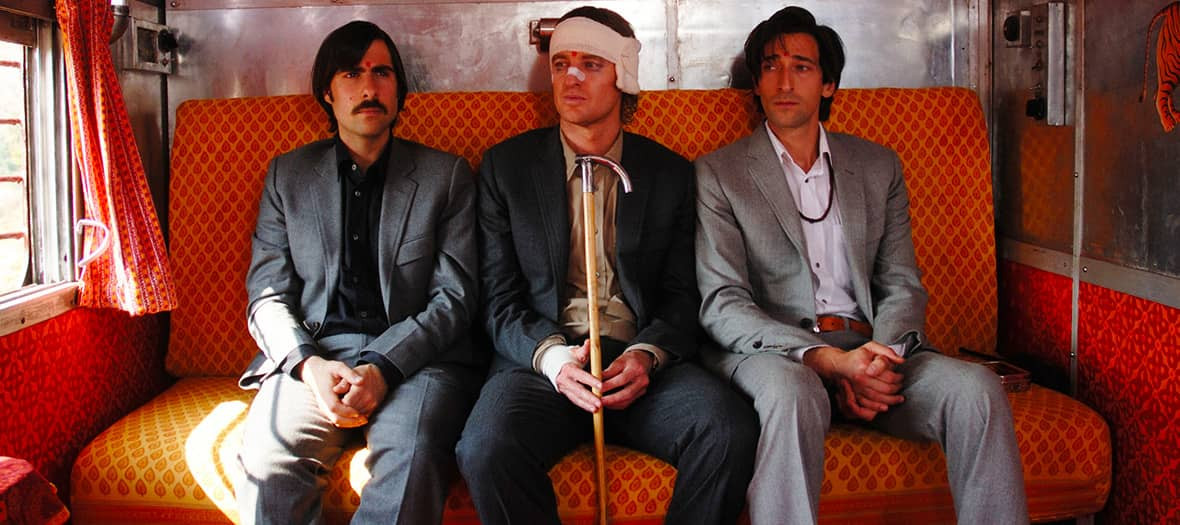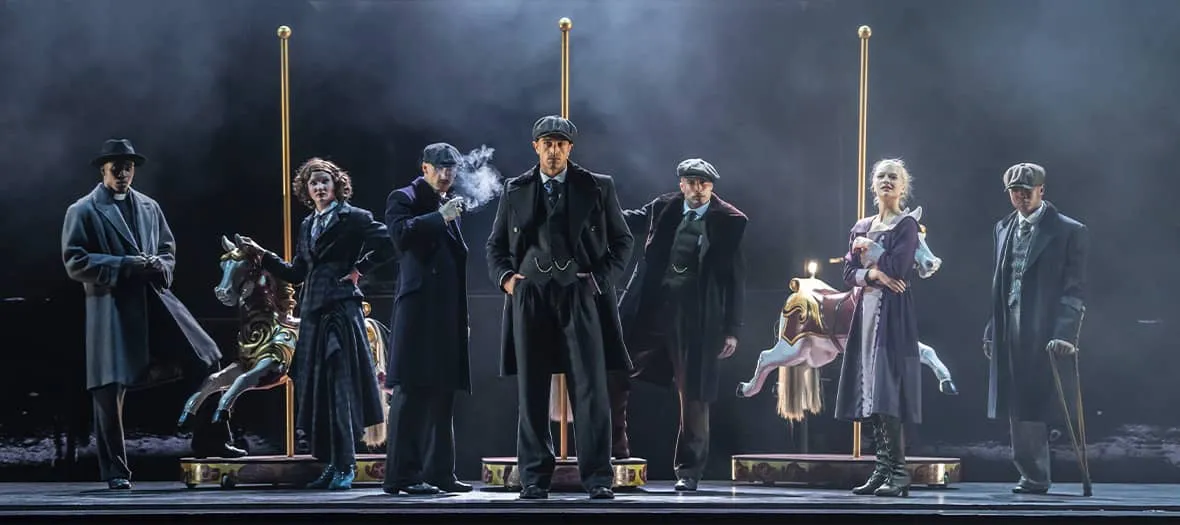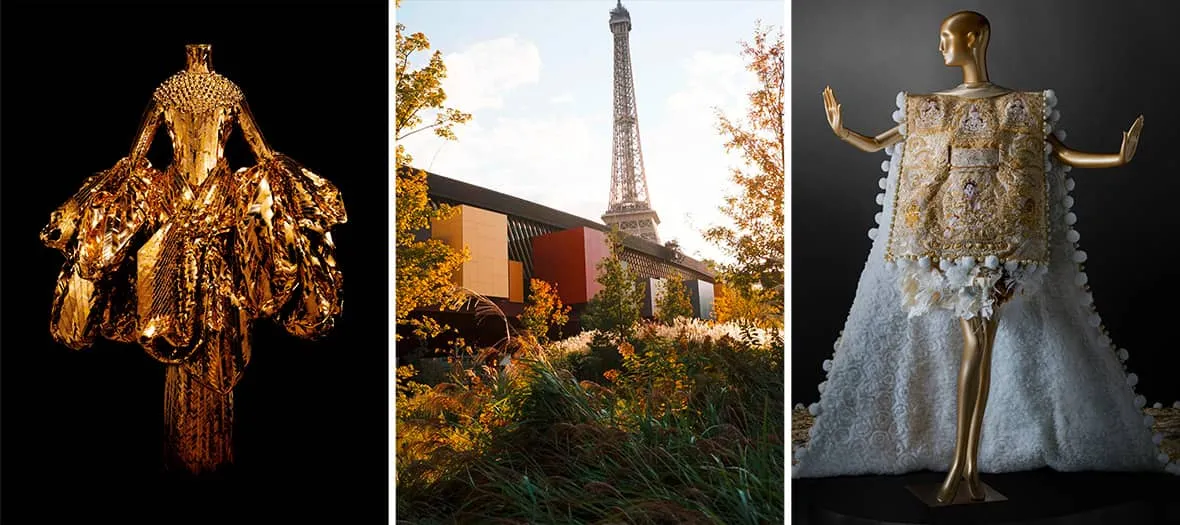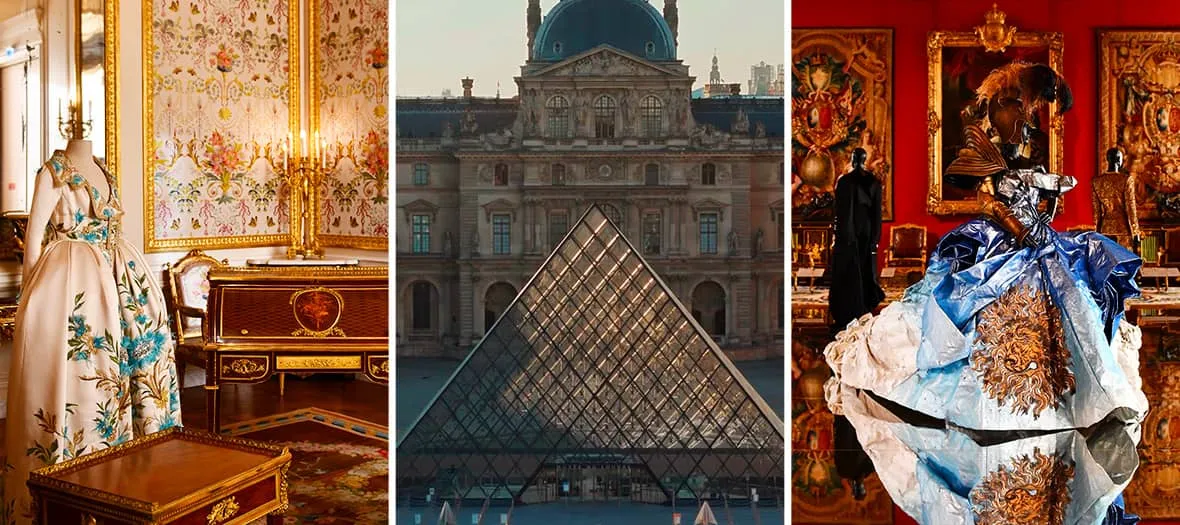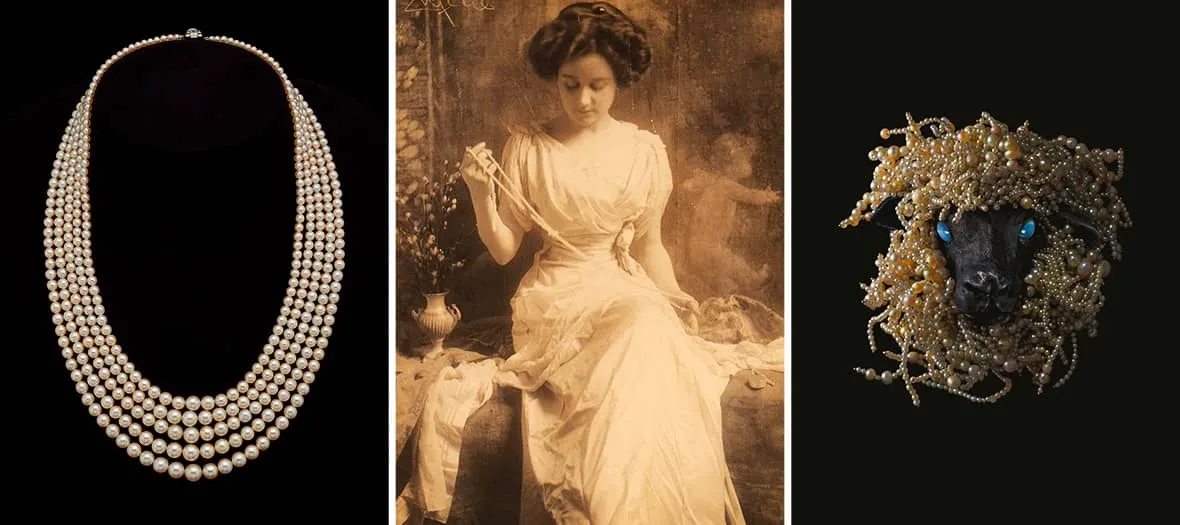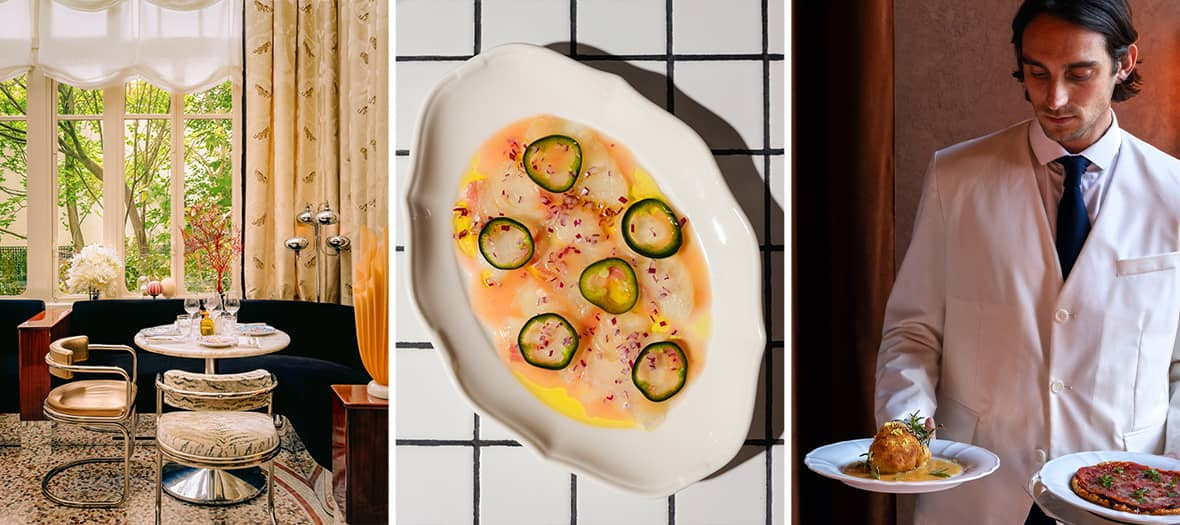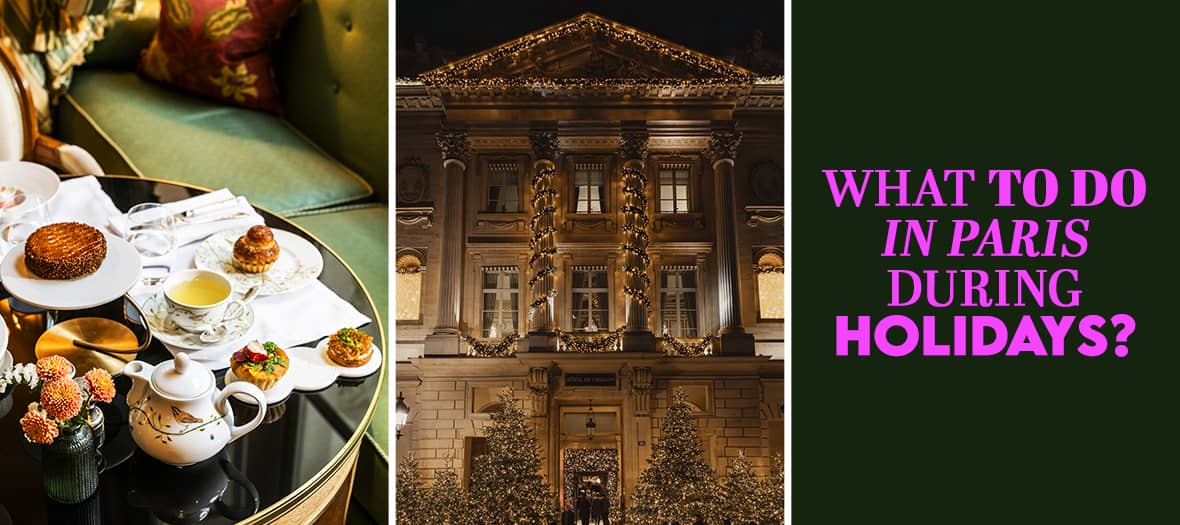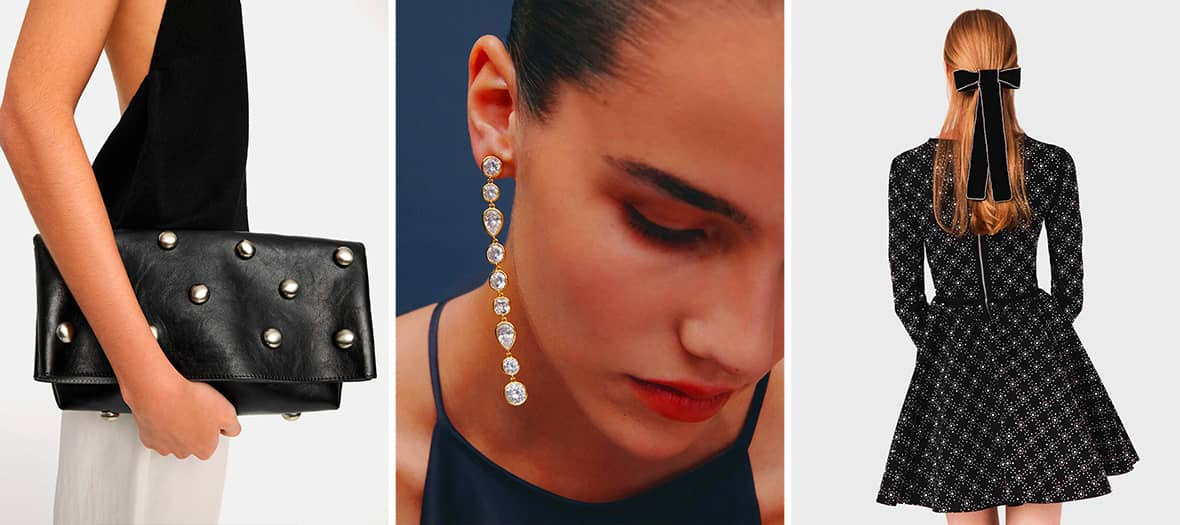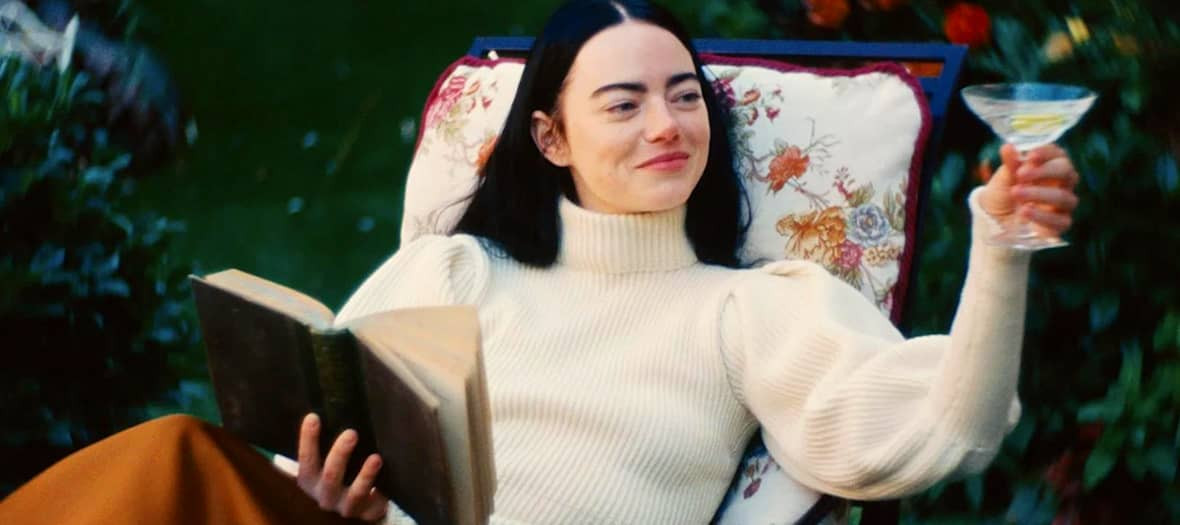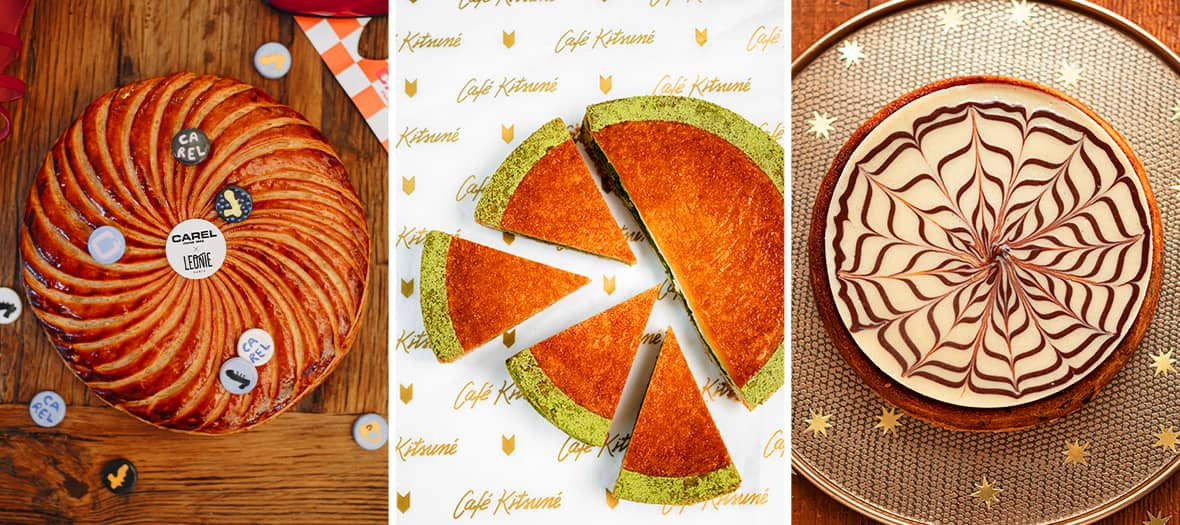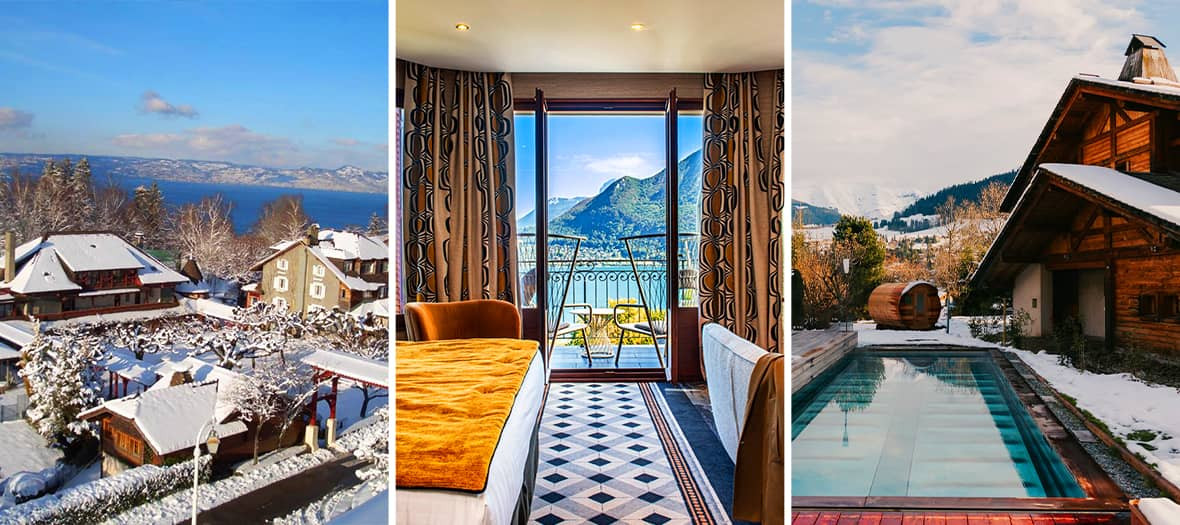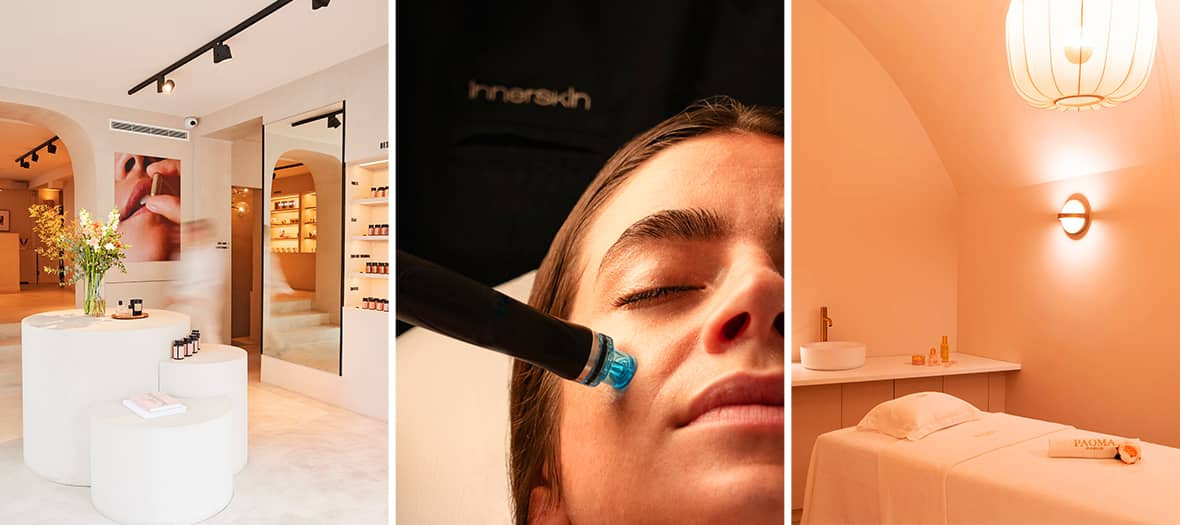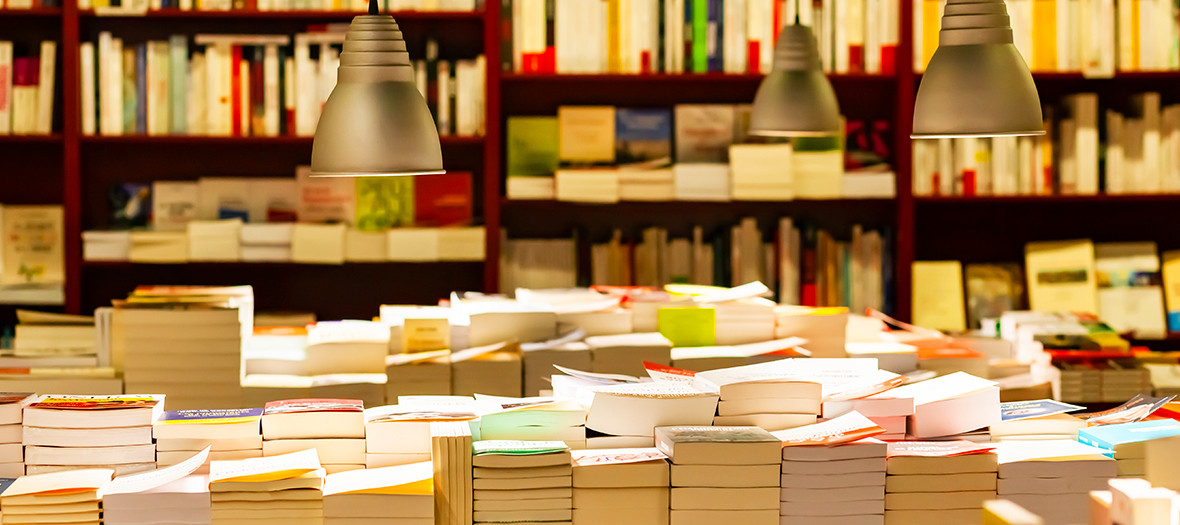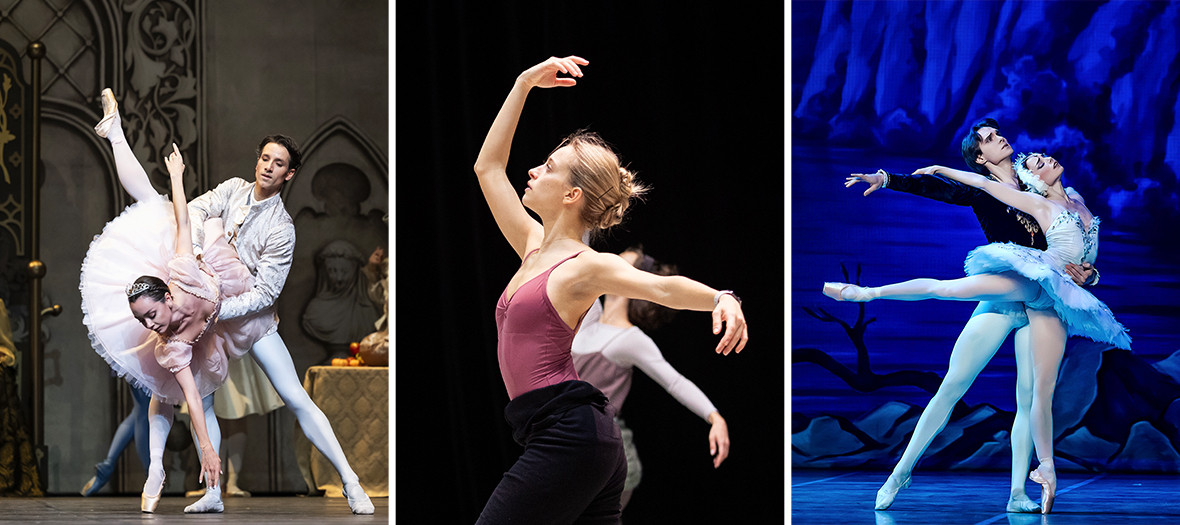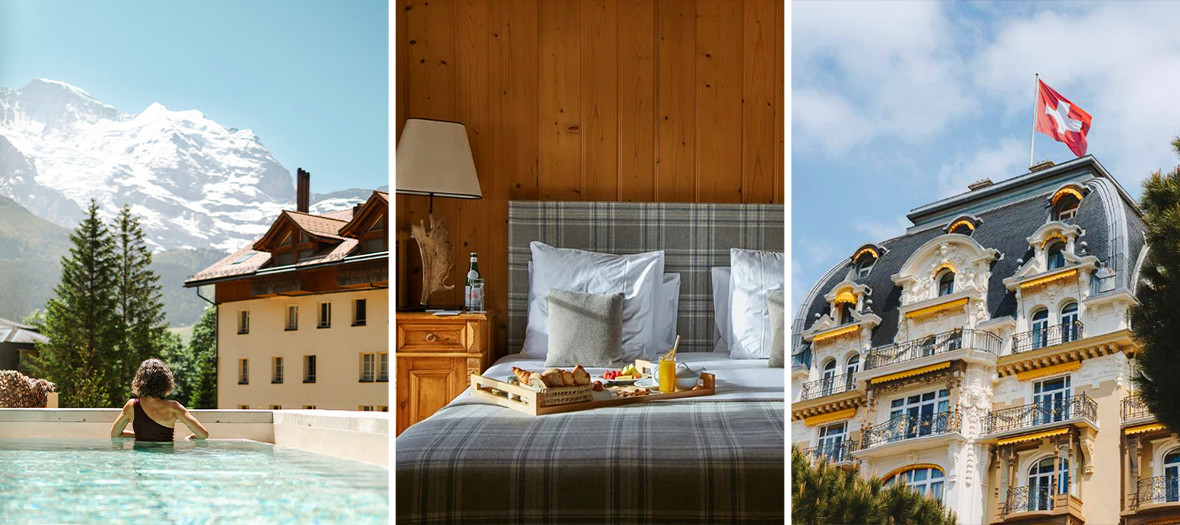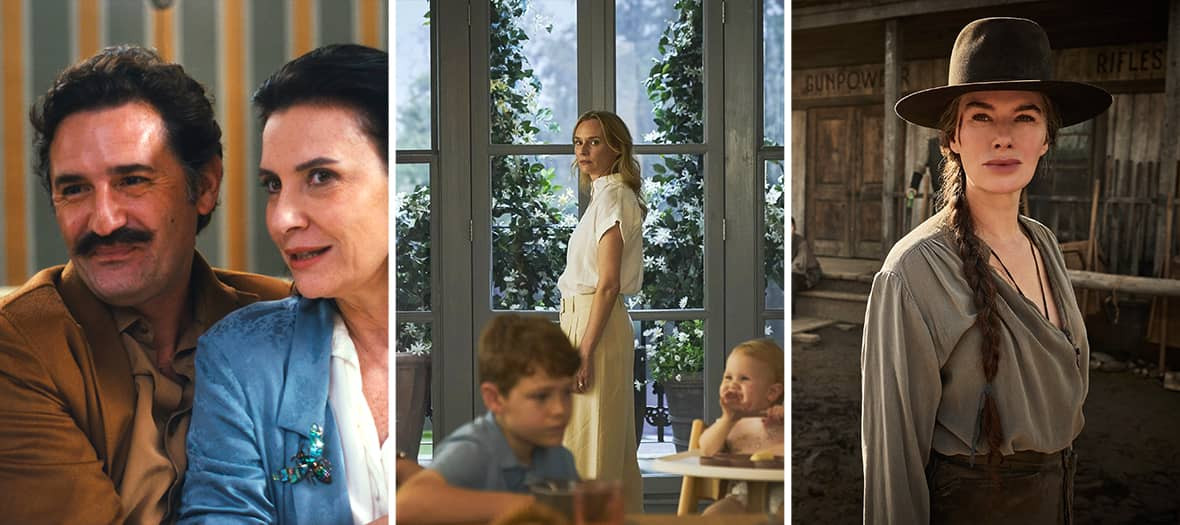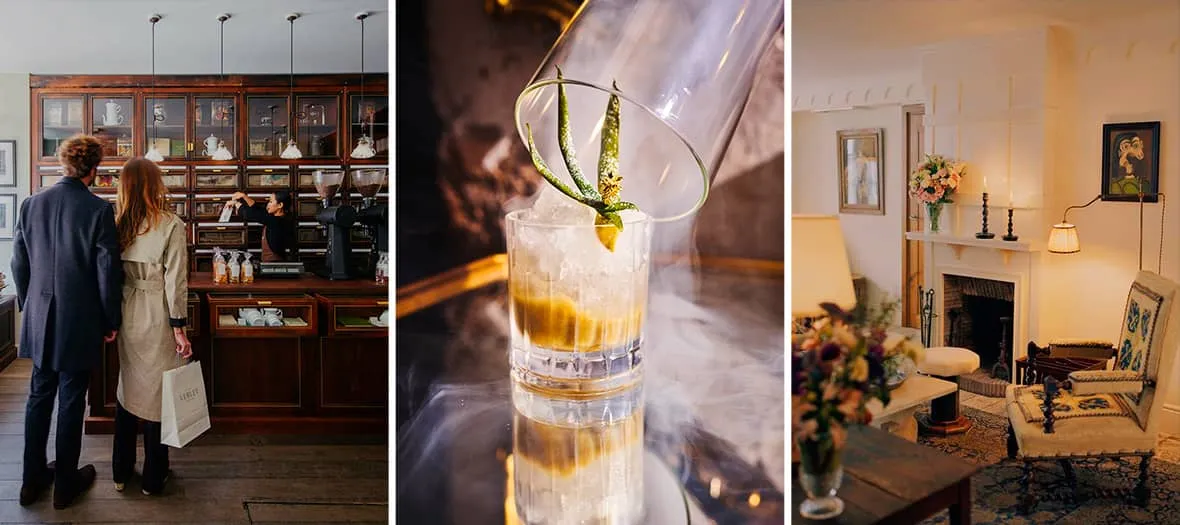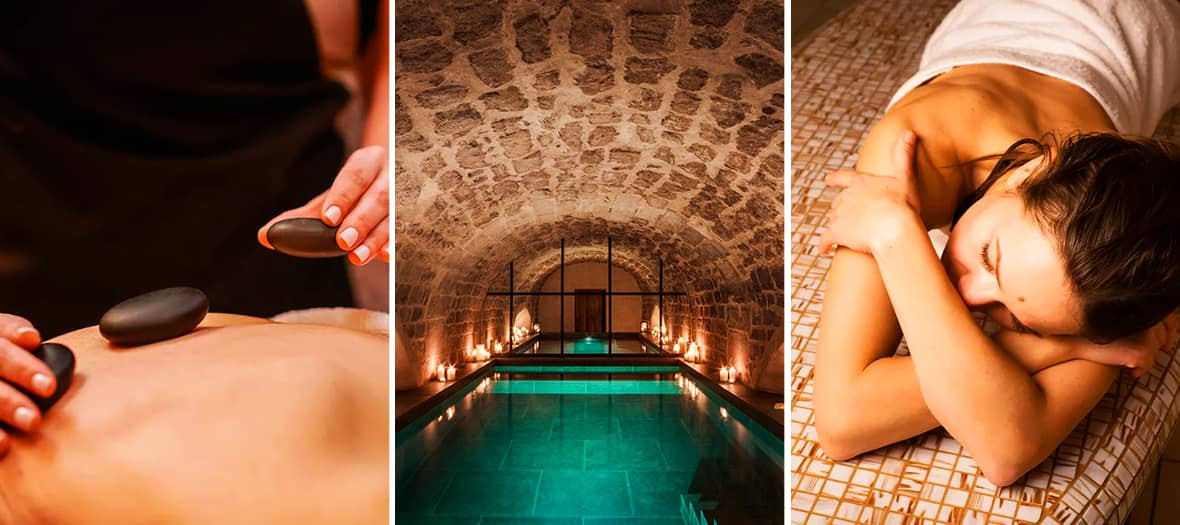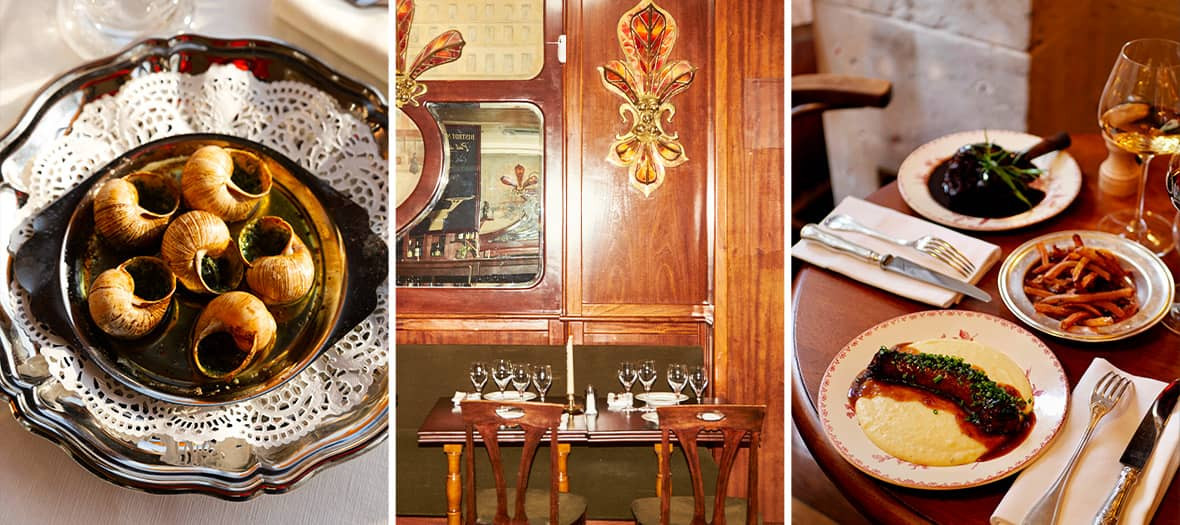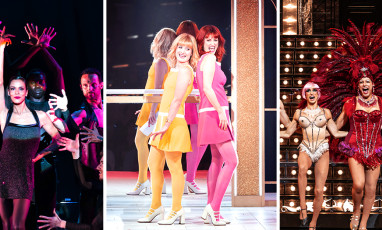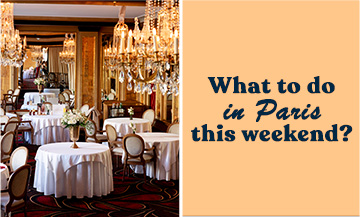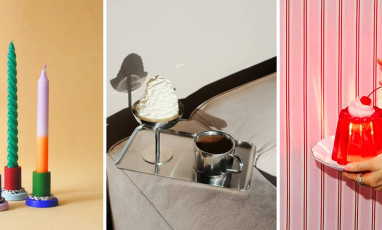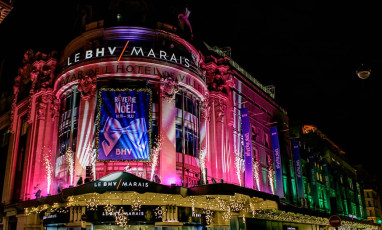©David Hockney, Art gallery of New South Wales / Jenni Carter ©Fondation Louis-Vuitton
We were stamping with impatience, and here it is at last: the most awaited exhibition of the spring lands at the Fondation Louis Vuitton! This hyper complete retrospective, the biggest ever dedicated to the British artist David Hockney, opens its doors this Wednesday April 9 and until August 31. On the program: more than 400 works take over the galleries of the incredible foundation, with a particular highlight on the artistic work of the painter these past 25 years. An unprecedented and colorful tribute to go admire at all costs.
British by blood, Californian at heart
More than seeing them, we’d actually like to dive into his paintings. True monument of contemporary art, David Hockney is surely one of the most influential artists in modern painting of the 20th and 21st century. Impossible to think of this art genius without thinking of his hedonistic views of swimming pools in the California Dreamin’ vibe. Right from the start of the expo, we marvel in front of the emblematic A bigger Splash that smells like the L.A. sun. Right next to it, our coup de cœur: Portrait of an artist (Pool with two figures): the most expensive work ever sold at auction, for the modest sum of 90.3 million dollars (series lovers will recognize the flagship painting of the series Bojack Horseman). But his work is monumental, and this exhibition is certainly here to remind us of it.
© David Hockney © Fondation Louis Vuitton / Marc Domage
The most complete expo on David Hockney
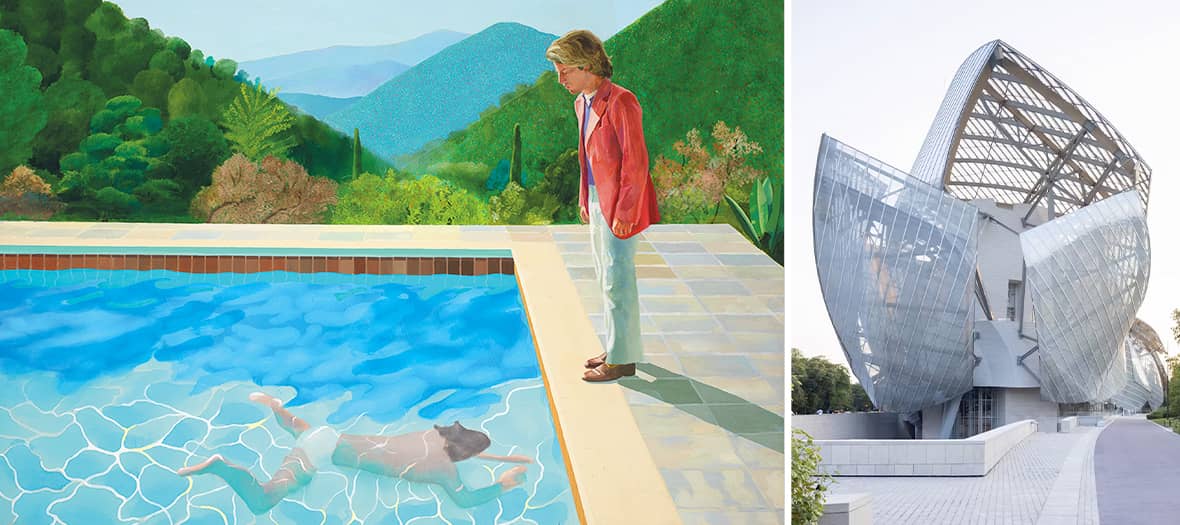
In the galleries of the Fondation Vuitton, the exhibition feels like a walk in the middle of nature. His figurative art, with completely acidic and flashy colors, takes on airs of Van Gogh paintings, or reminds us of a certain Barbizon school with a pop art twist. In terms of colorimetry, one can even detect in his creations a potential heir of the Nabis. We sail through the mythical works of the artist before arriving at his series of portraits (where we find like an easter egg [a hidden clue, ed.] the portrait of a certain Harry Styles…), faithful to the artistic codes of the painter. Major attention is given to the magnificent and very recent countryside mood panoramas of Normandy, where Hockney settled down after the lockdown. To finish in style, the final room plunges us into the painter’s passion for the Opera: we relax admiring the moving sets to the tunes of Purcell or Stravinsky, all that from the bottom of a pouf.
In short, our eyes are full in this retrospective testifying of a painter who reinvents himself no matter the eras and the mediums (canvases as well as iPad). The coolest part: the artist himself followed the conception of each sequence and each room. Subtitled “Do remember they can’t cancel the spring”, this exhibition that celebrates the beautiful days as it should is an absolute must go.
David Hockney 25, “Do remember they can’t cancel the spring”, Fondation Louis Vuitton, avenue du Mahatma Gandhi, Paris 16. Every day from 10 a.m. to 8 p.m. except Friday at 9 p.m. From April 9 to August 31, 2025.
Discover also the best hotels on the Champs Elysées and the best (free!) exhibitions in Parisian galleries.




